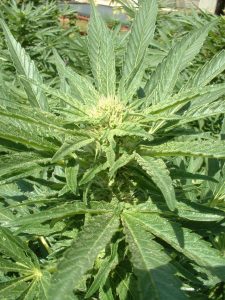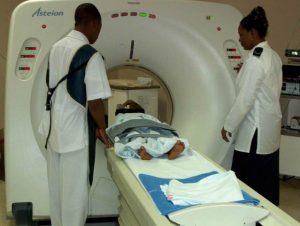State Lawmakers: Medical Marijuana Should Get a Pass in Schools
It seems parents and schools are finally giving more thought to children and the ailments that can be treated with medical marijuana. Delaware News Journal reported an increasing number of parents are turning to cannabis for their children with especially serious or rare conditions. It’s no wonder then that California lawmakers recently passed a bill to allow medical marijuana on school premises.
medical marijuana. Delaware News Journal reported an increasing number of parents are turning to cannabis for their children with especially serious or rare conditions. It’s no wonder then that California lawmakers recently passed a bill to allow medical marijuana on school premises.
SB-1127 was introduced by Calif. Sen. Jerry Hill (D-San Mateo) and has passed both houses of the state legislature. Ultimately, the bill would leave it up to school districts and boards of education to decide whether or not to allow medical marijuana on school grounds. While it’s noble to allow school district to have some autonomy, this decision could lead to much confusion and unnecessary distress. Prop 64 allowed cities in California to maintain a ban on sales and cultivation at their own discretion, and it has led to a great deal of Californians not being able to full participate in the cannabis economies they voted to legalize. Similarly, the most vulnerable students and their parents could very well be pigeon-holed by rigid district officials and judgmental peers who can’t understand the complex decisions a parent must make to ensure their child has the best care possible. After all, cannabis generally isn’t recommended by physicians for children except in severe cases.
Continue reading
 Cannabis Law Group's Medical Marijuana Legal Blog
Cannabis Law Group's Medical Marijuana Legal Blog





 substantial state taxes on the medical cannabis that they supply to patients in need.
substantial state taxes on the medical cannabis that they supply to patients in need.  grown for research purposes in the U.S. and decrease the amount of opioid drugs produced under the group’s watch. You heard that right. The same organization whose leaders for years have been wringing their collective hands over marijuana, who said we simply did not know enough about its effects, who defended its Schedule I classification, might finally be waking up to smell the coffee the rest of the country has been happily sipping for some time now.
grown for research purposes in the U.S. and decrease the amount of opioid drugs produced under the group’s watch. You heard that right. The same organization whose leaders for years have been wringing their collective hands over marijuana, who said we simply did not know enough about its effects, who defended its Schedule I classification, might finally be waking up to smell the coffee the rest of the country has been happily sipping for some time now. Administration has revealed to investors the cost of the drug: $32,500 per year. This is reportedly on the low-end of original estimates between $30,000 and $60,000. Epidiolex, made with CBD and used to treat rare forms of childhood epilepsy, is said to be priced competitively with other epilepsy drugs on the market. This, however, is not other epilepsy drugs.
Administration has revealed to investors the cost of the drug: $32,500 per year. This is reportedly on the low-end of original estimates between $30,000 and $60,000. Epidiolex, made with CBD and used to treat rare forms of childhood epilepsy, is said to be priced competitively with other epilepsy drugs on the market. This, however, is not other epilepsy drugs. involves cannabis.
involves cannabis.  to the
to the  catching up to what California and our trusted attorneys have known for a long time: That marijuana is a safe and effective treatment for many illnesses and ailments. So safe, in fact, that laws are expanding to open up marijuana for recreational consumption as well, with California implementing
catching up to what California and our trusted attorneys have known for a long time: That marijuana is a safe and effective treatment for many illnesses and ailments. So safe, in fact, that laws are expanding to open up marijuana for recreational consumption as well, with California implementing